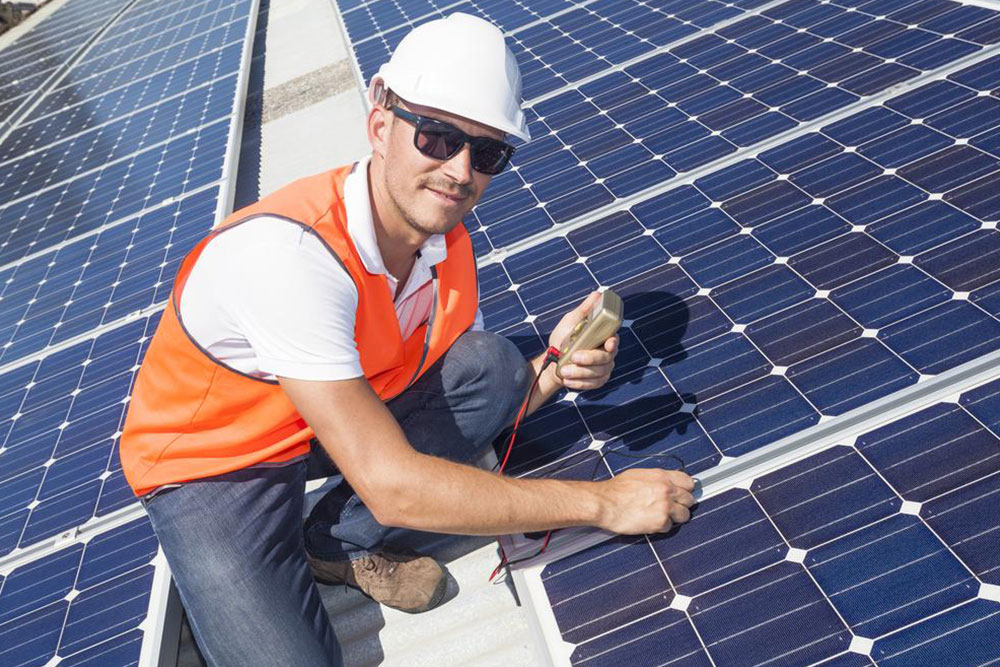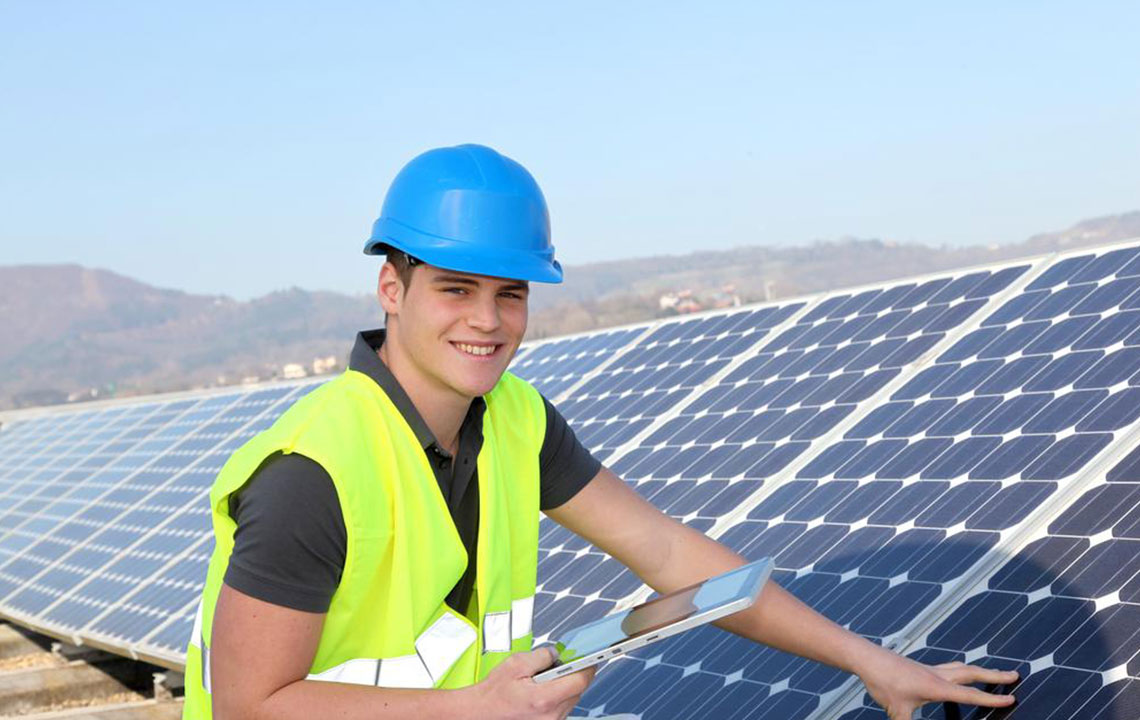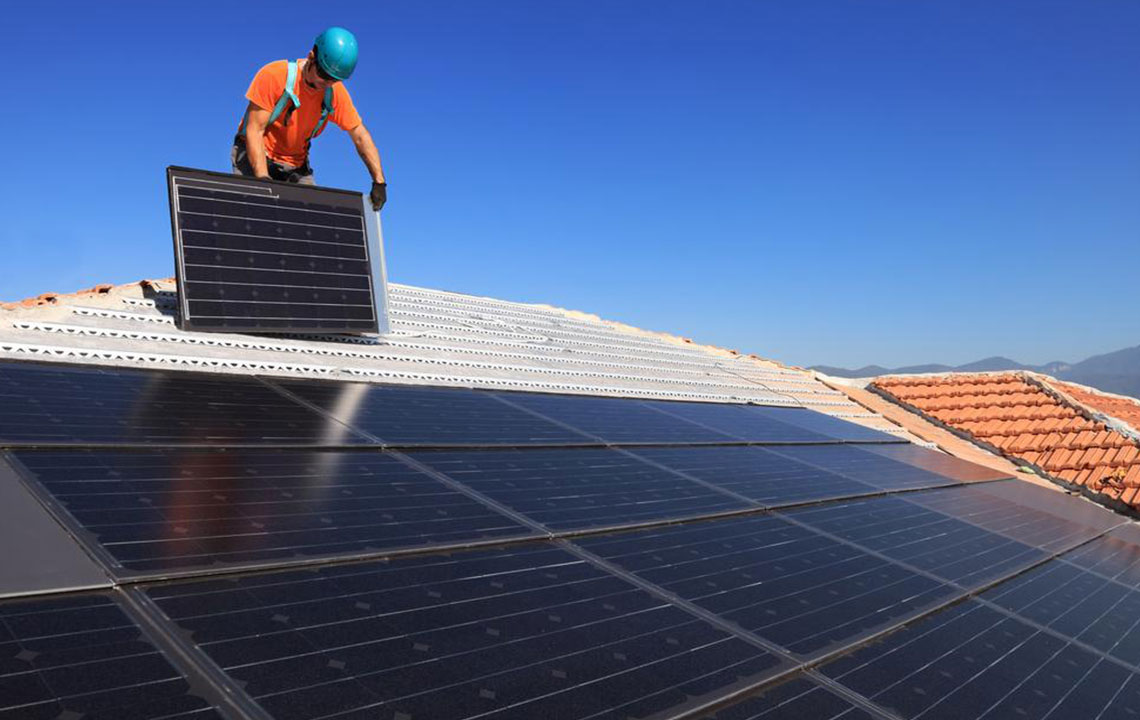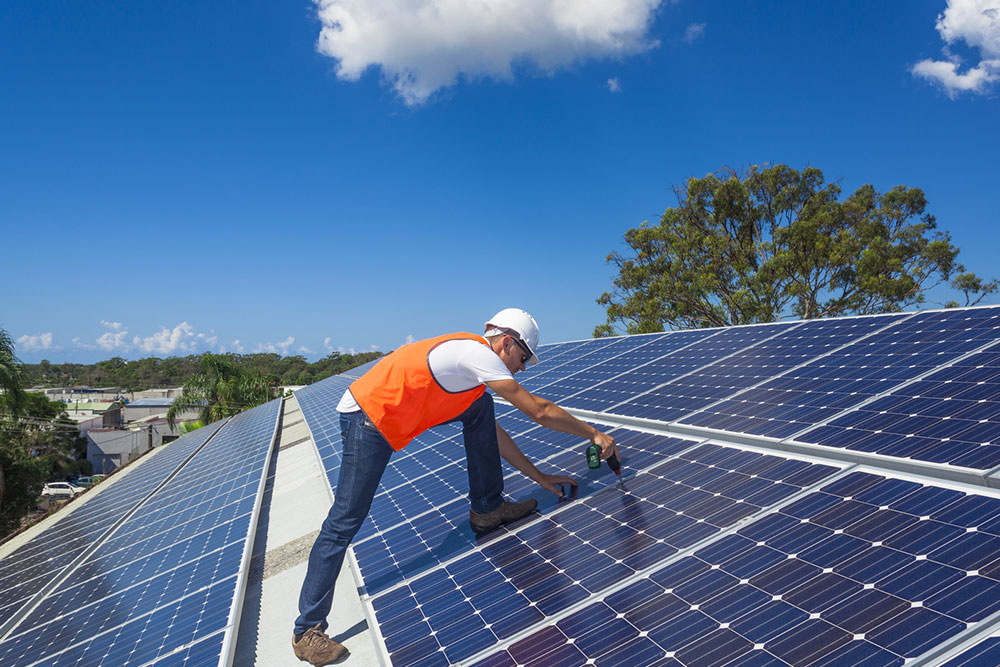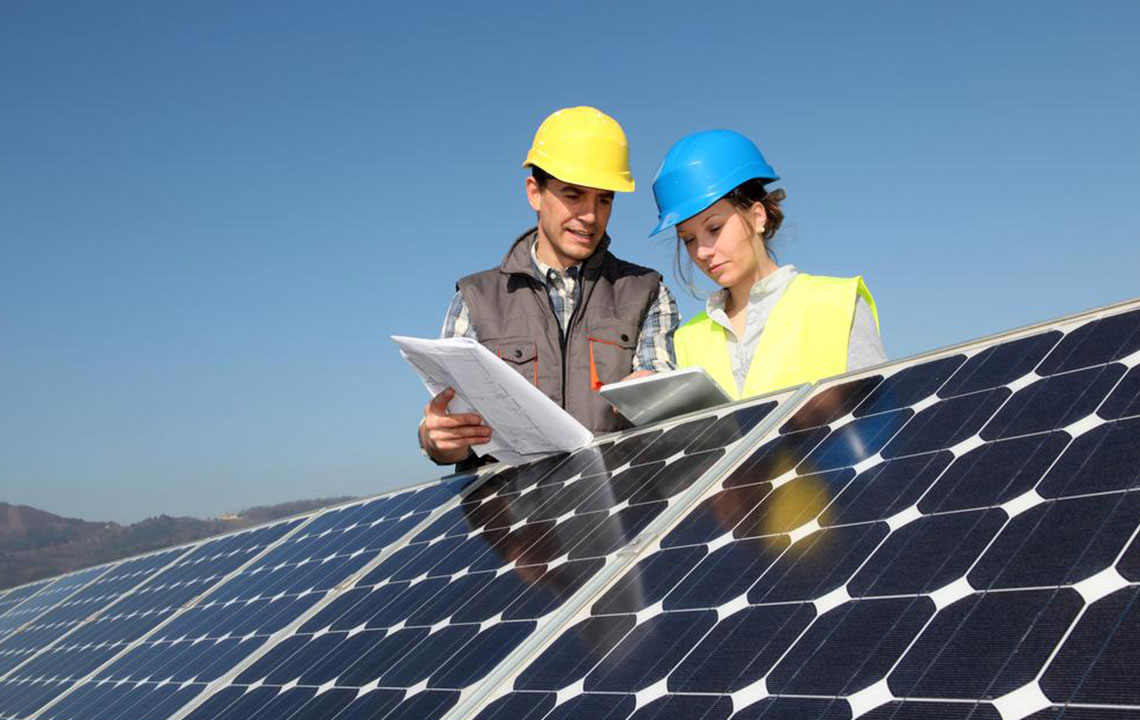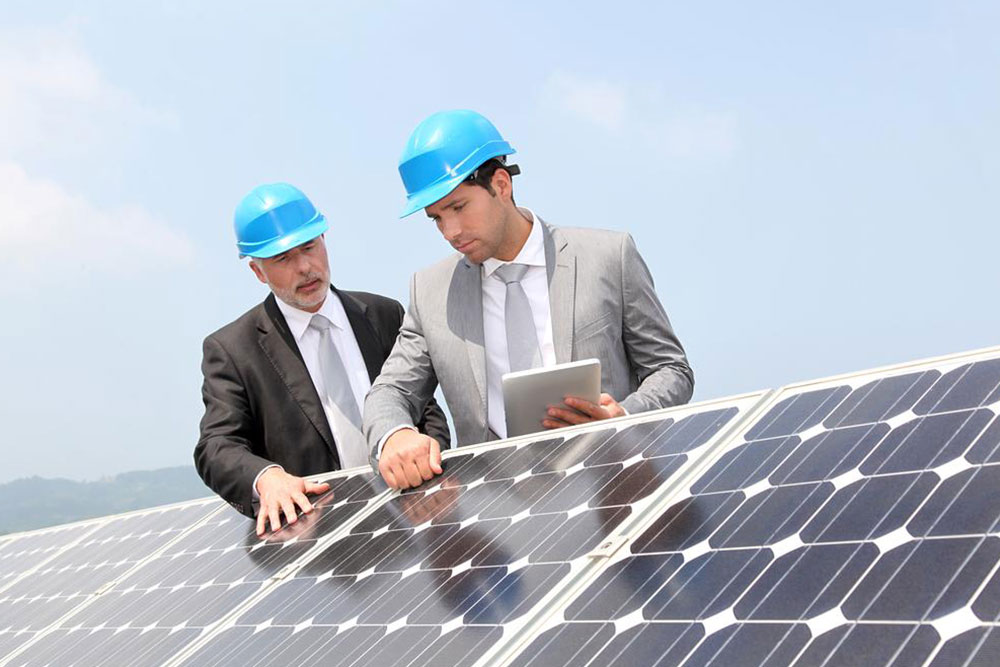Exploring the Different Varieties of Solar Panel Technologies
Discover the main types of solar panels—monocrystalline, polycrystalline, and thin film—and learn which best suits your energy needs. Understand efficiency, cost, lifespan, and installation considerations for each option to make an informed decision on building your solar power system. Proper knowledge helps in choosing the most suitable technology for residential or commercial use, promoting sustainable and cost-effective energy solutions.
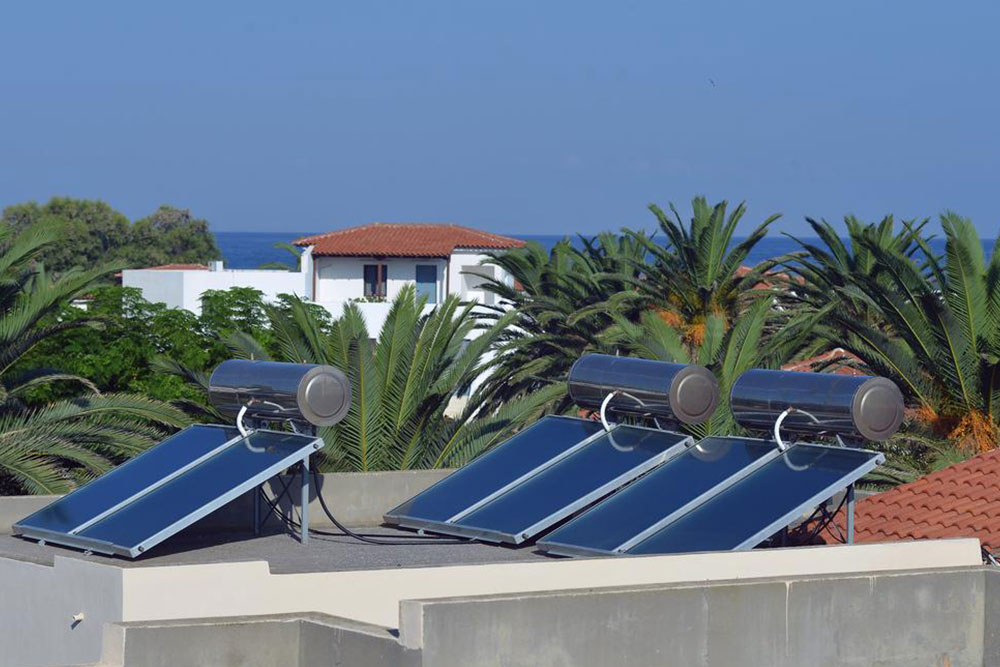
Exploring the Different Varieties of Solar Panel Technologies
Solar power systems serve multiple purposes, including generating electricity, heating, and lighting, all without relying on fossil fuels. This eco-friendly approach makes solar energy a top choice for sustainable power. Solar panels, the core components of these systems, can be installed on residential rooftops to reduce energy bills and promote energy independence. Understanding the various types of solar panels is essential for making the right choice for your setup. They can convert sunlight into electricity and even store energy for heat use.
Installing solar panels on your home’s roof can result in significant cost savings on energy bills.
There are primarily three types of solar panels: Monocrystalline silicon, polycrystalline silicon, and thin film panels. These categories differ based on their efficiency, cost, and installation scale. Continue reading to learn more about each type.
Monocrystalline silicon solar panels
Known for their high efficiency, monocrystalline panels are crafted from single-crystal silicon, which gives them superior performance. These panels are usually more costly but boast a lifespan exceeding 25 years and an approximate 16% efficiency rate. They require minimal space, making them ideal for limited areas.
Polycrystalline silicon solar panels
Also called multi-crystalline panels, these are made from silicon crystals poured into molds. Although they produce less electricity than monocrystalline panels, typically around 13%, they are more affordable and require slightly more space. They also last over 25 years, offering a reliable, cost-effective option.
Thin film solar panels
These are the most budget-friendly option, composed of a thin layer of materials like amorphous silicon, copper indium, or steel coated on glass or metal substrates. While they are lightweight, flexible, and easier to install, they’re less durable and generally last only a few years. Their efficiency is around 11%, making them suitable for large-scale or temporary applications.
Thorough research on solar energy and panel options allows you to develop a personalized solar power system tailored to your energy needs.
Note:
Our blog offers diverse, practical insights across multiple categories. While our editorial content is based on thorough research, it should not be considered definitive. We cannot be held responsible for discrepancies or inaccuracies in information available elsewhere. Additionally, some government schemes or exclusive offers might not be covered in our articles, so always verify with the latest sources.

